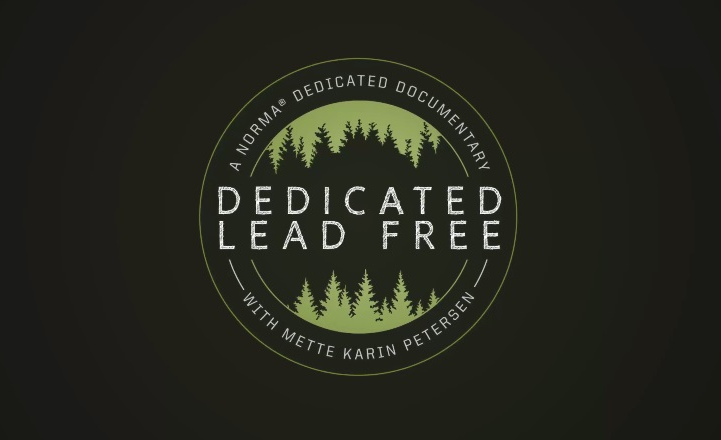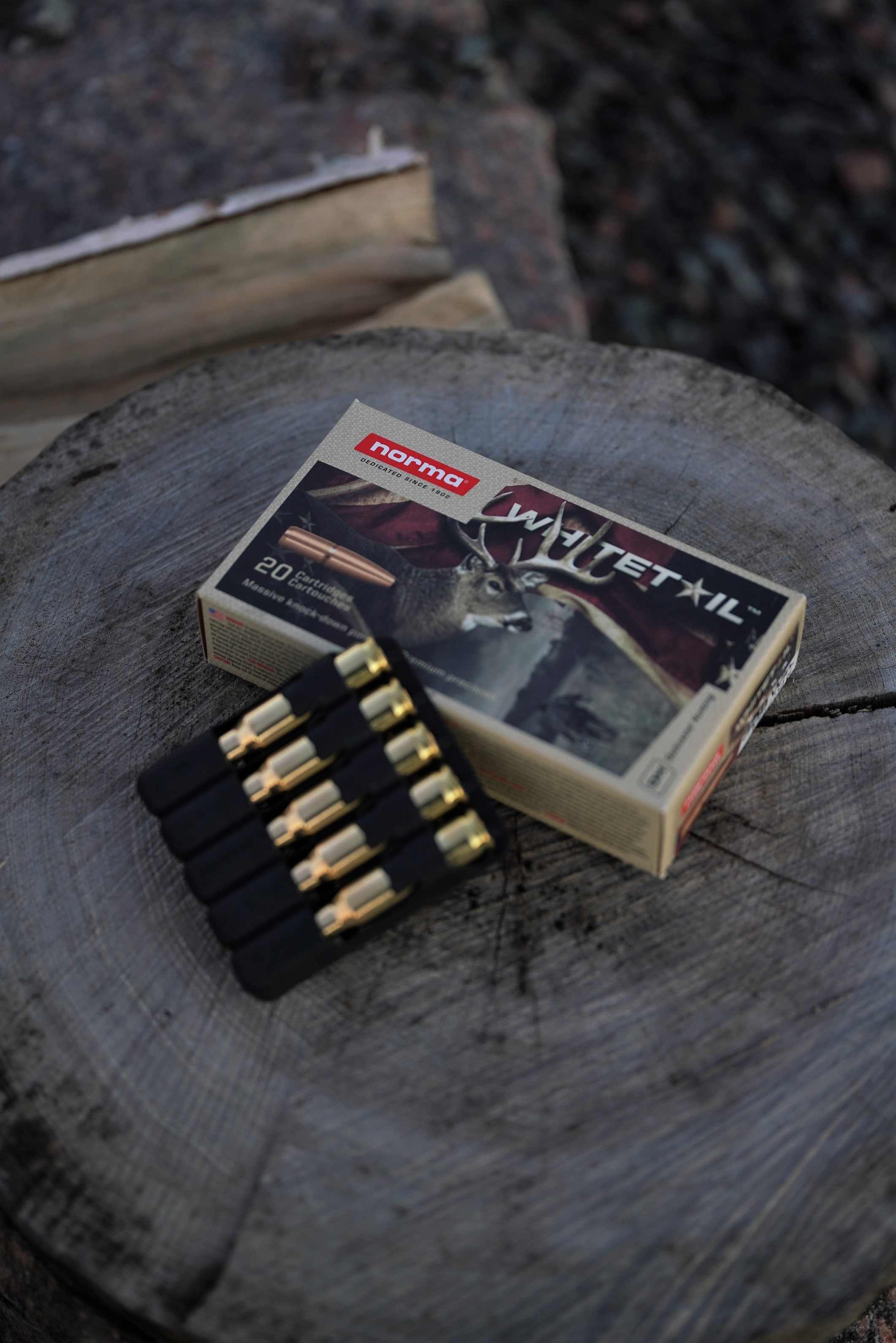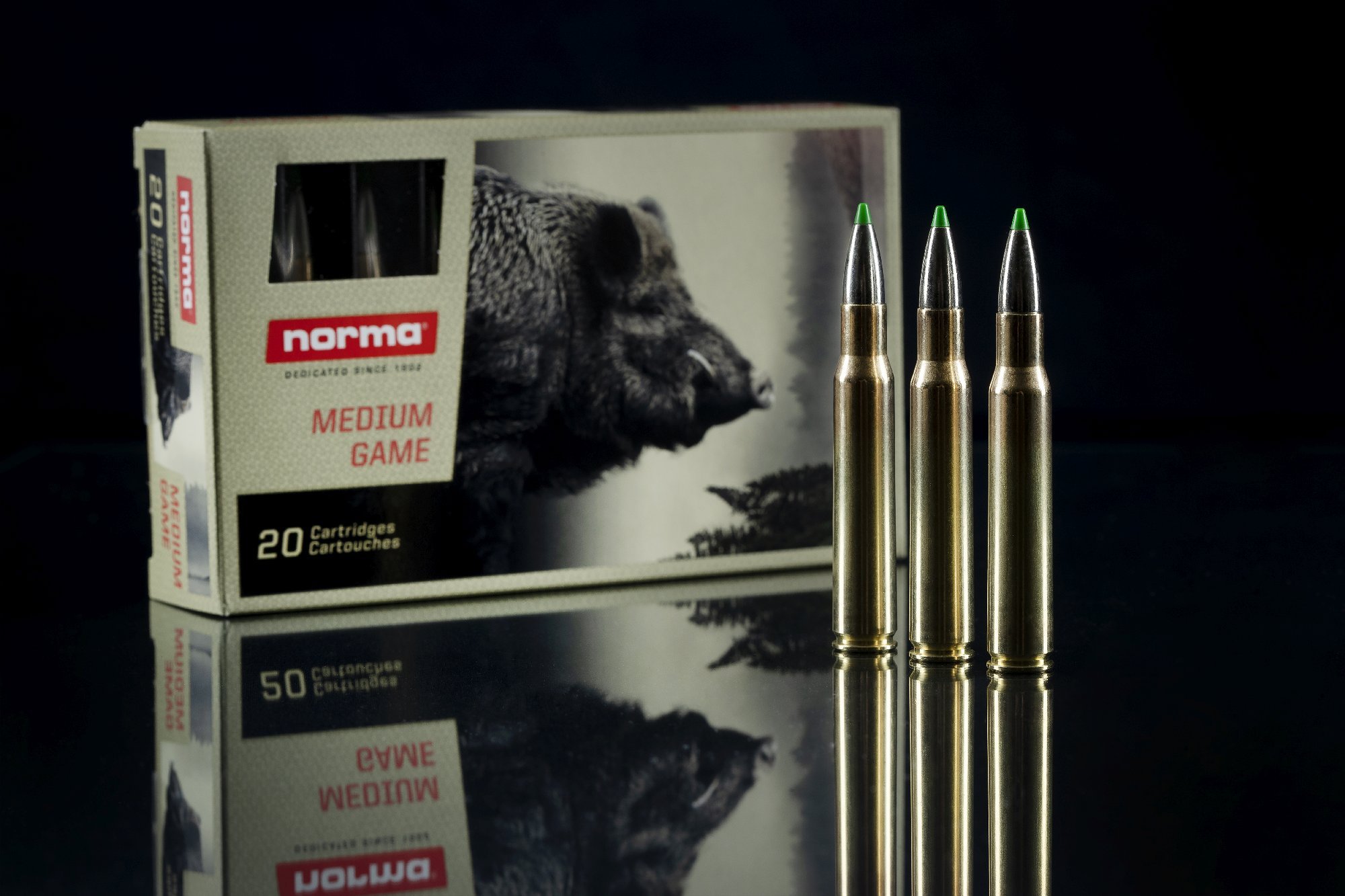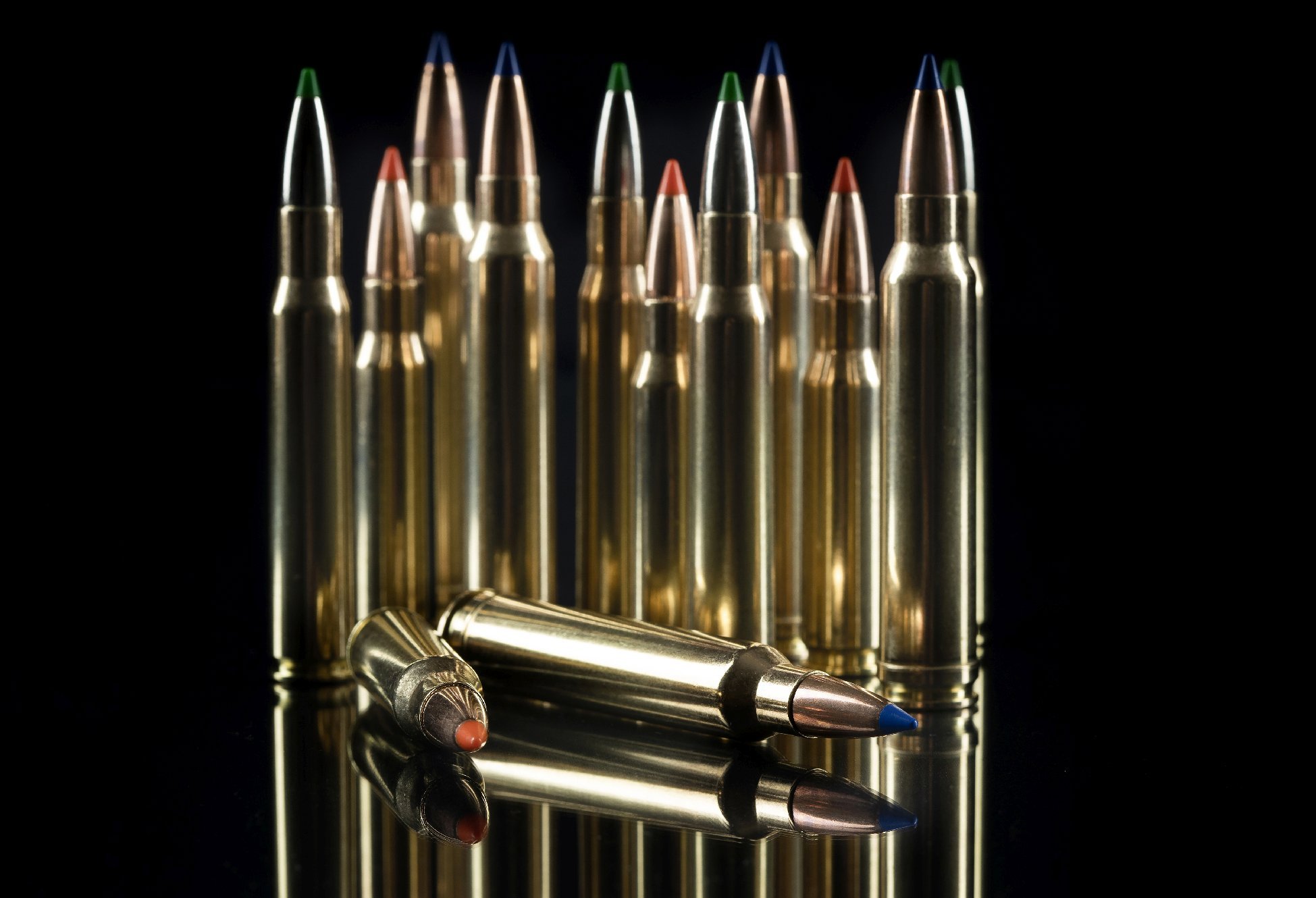“The prone position shooting technique is the most accurate style of shooting that every hunter and sport shooter needs to master,” says Steffen. But to master it, you have to learn and practice a lot in order to be able to translate your accuracy and precision in practice to a real world scenario on wild game or competition.
There are two main styles of prone position shooting and they refer to the placement of the legs, either straight-leg prone position or bent-leg prone position. The video illustrates the straight-leg style as it is the most accurate. However, for some body types, the straight-leg prone position is less accurate and very strenuous, as a pronounced stomach can introduce both inaccurate movement and pain to the shot.
Prone position: stealthy and accurate
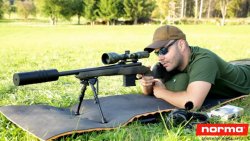
Shooting prone is often associated with more military shooting than hunting, but it is a great way for beginning hunters and sport shooters to get acquainted with guns and shooting. As hunters we have to always assume the shot position that offers the most accurate shot at the target out of the ones that are available to us. The prone position is also inherently stealthy, as you offer a minimal silhouette when lying down on the ground which makes it extra useful in a hunting scenario. During practice, there will be quite low fatigue as well as the most work is what is being done by your shoulders propping up your upper body, which allows for longer practice sessions of higher quality. When we shoot standing up, our shoulders fatigue rather quickly while trying to aim the rifle, which means that the end of the practice session is usually of lesser quality than the beginning.
Prone shooting remains relevant throughout the entirety of the hunters/shooters skill curve and learning. The expert hunter is served very well by this position as it will often be the only way to fire off a long range shot at wild game, and it is a common competition shooting style for sport shooters.
Setting up in prone position – The basic elements:
- Feet relaxed and spread apart so the inside of the foot is making full contact against the ground.
- Legs relaxed and somewhat wider apart than shoulder width. Together with your feet this creates a very stable anchor so you don't lose your position due to recoil or movement up front.
- Your stomach should be resting on the ground and allow you to still comfortably breathe. If you can not breathe comfortably in this position, you need to assume the bent-leg prone position as you will be be inaccurate and fatigue over time.
- Your shoulders should be level while resting your arms at the elbows.
- Your dominant hand should grip the rifle at the rifle grip comfortably so you have maximum trigger control.
- Your off-hand ideally should stabilize the rifle at the stock or further up front.
If your stomach cannot comfortably rest against the ground, your diaphragm has to work a lot harder to help your breathing. This creates unwanted movement which lowers your accuracy and fatigues you over time, creating additional trouble for your precision. In this case, switch to a bent-leg prone position by bending your dominant side leg and resting more of your weight on the inside of that leg.
Breathing in prone position
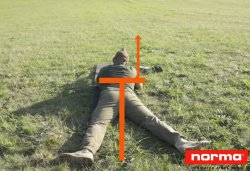
The prone position basically isolates your accuracy to only be influenced by your inherent rifle, ammunition and scope accuracy and the small movements that arise from your heartbeat and breathing. These are quite small, but when looking through a high powered scope at long distance targets will be very noticeable.
You neither want to turn off your heartbeat nor your breathing, so by developing a slow, deliberate and controlled breathing pattern you will not only lower your heartbeat but also be able to fire off precise shots in between your breathing cycle.
Most people choose to do a pattern where they aim on the in-breath and then fire at the bottom of the exhale. The bottom of the exhale is the more stable than the top of your inhale, as your body fills with oxygen and expands your belly.
Trigger control
The second big aspect is trigger control. This one is a bit more tricky and up to personal preference and there are a plethora of different custom triggers and trigger setups with the various riflemakers out there. What tends to be universally true however, is that you don't want to squeeze off a shot rapidly with a forceful pull of the trigger. Rather, you want to bring your finger to the trigger and increase the pressure steadily until enough force is built up and the trigger fires off the shot. To really emphasize this and practice this trigger control, it can be beneficial to keep the trigger pressed down for a couple of extra seconds after the round has been fired. This teaches you to push through the trigger in a continuous motion as explained, rather than an abrupt squeeze. The problem with quick squeezes of the trigger is that they tend to involve more muscle movement and this can affect your accuracy as the hand is in contact with the rifle.
Prone position shooting: wrap-up
The prone position shooting is a vital, perhaps the most important shooting to position to master. For a beginner it is a great way to familiarize yourself with weapons and shooting in general, while for experienced shooters it may be required during a competition or hunting situations. There are some key principles to observe to achieve a proper prone position for accurate shooting, such as maximizing your contact with the ground, being well aligned and finally, breathing properly and exercising good trigger control.
Find more interesting articles and useful videos at Norma Academy.
Click here for an overview of Norma ammunition.


